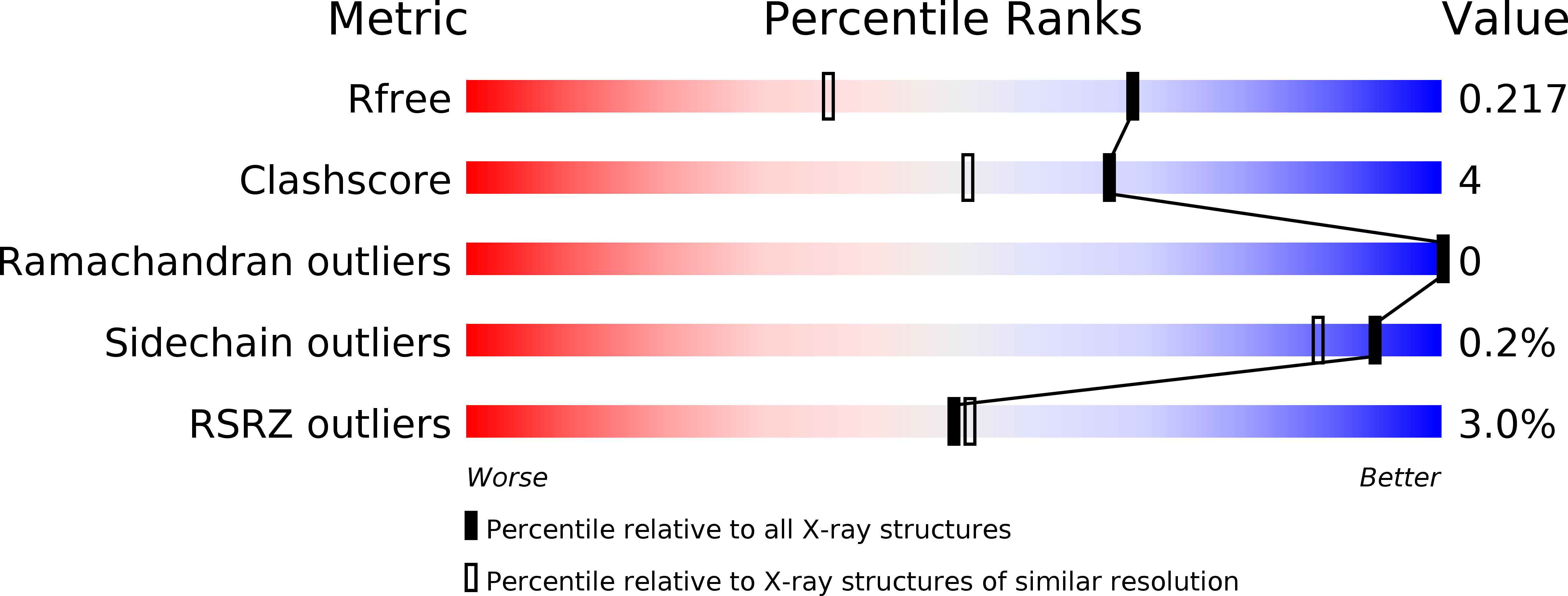
Deposition Date
2017-04-19
Release Date
2017-05-03
Last Version Date
2024-01-17
Entry Detail
PDB ID:
5NQB
Keywords:
Title:
Rabbit Muscle L-lactate dehydrogenase in complex with malonate
Biological Source:
Source Organism:
Oryctolagus cuniculus (Taxon ID: 9986)
Host Organism:
Method Details:
Experimental Method:
Resolution:
1.58 Å
R-Value Free:
0.21
R-Value Work:
0.19
R-Value Observed:
0.19
Space Group:
P 1 21 1


